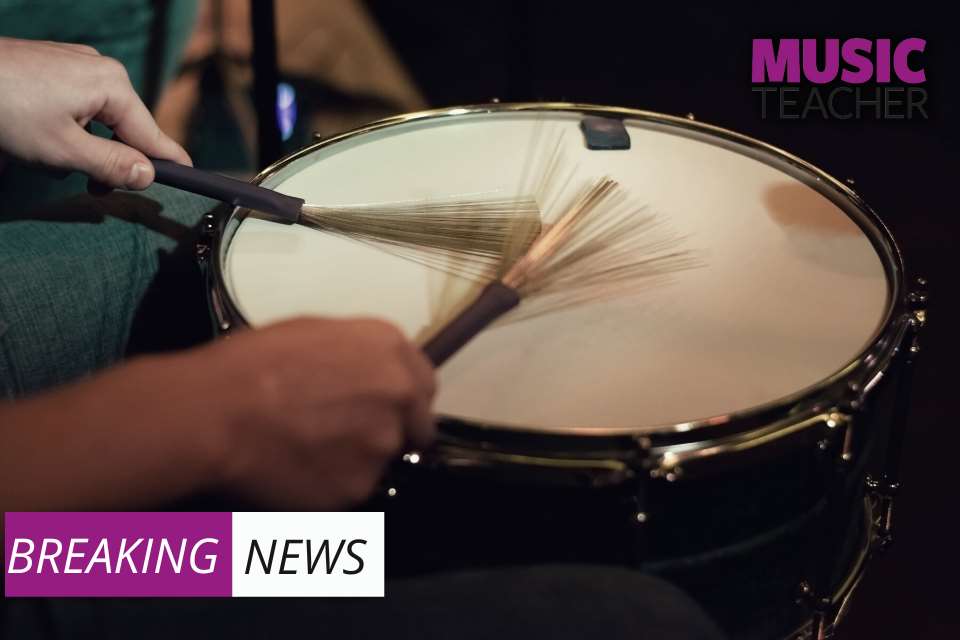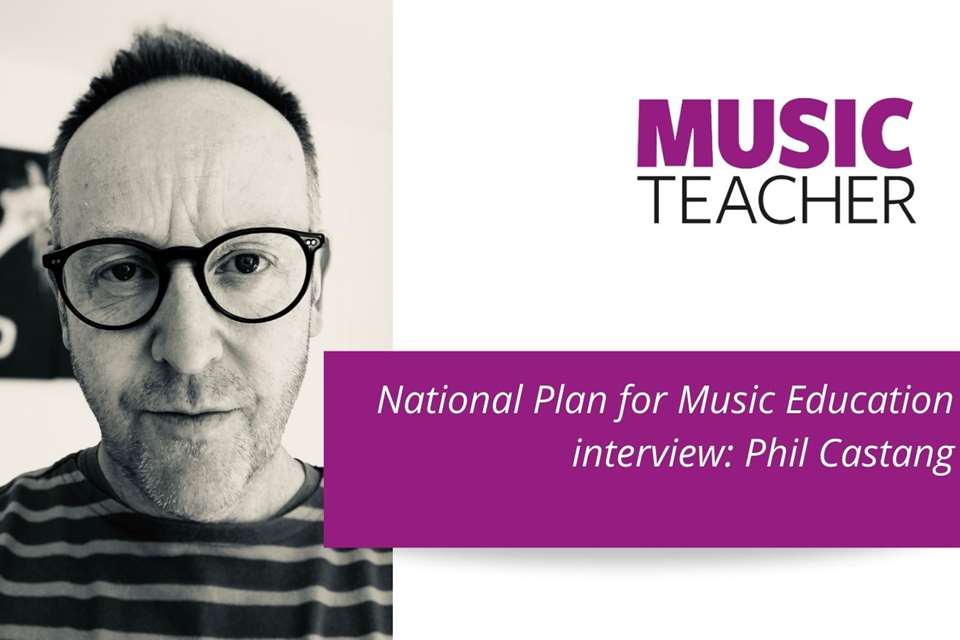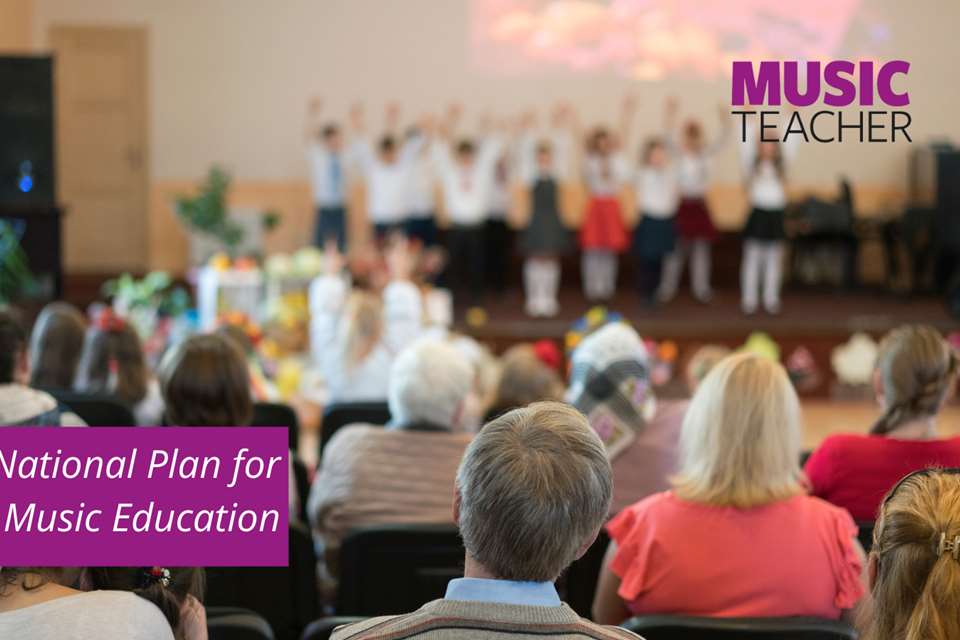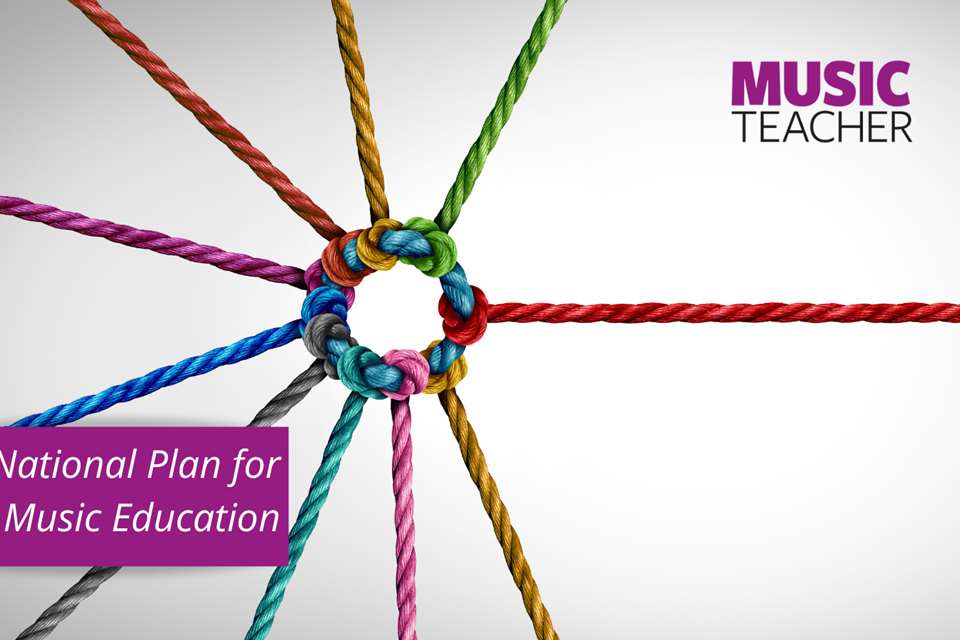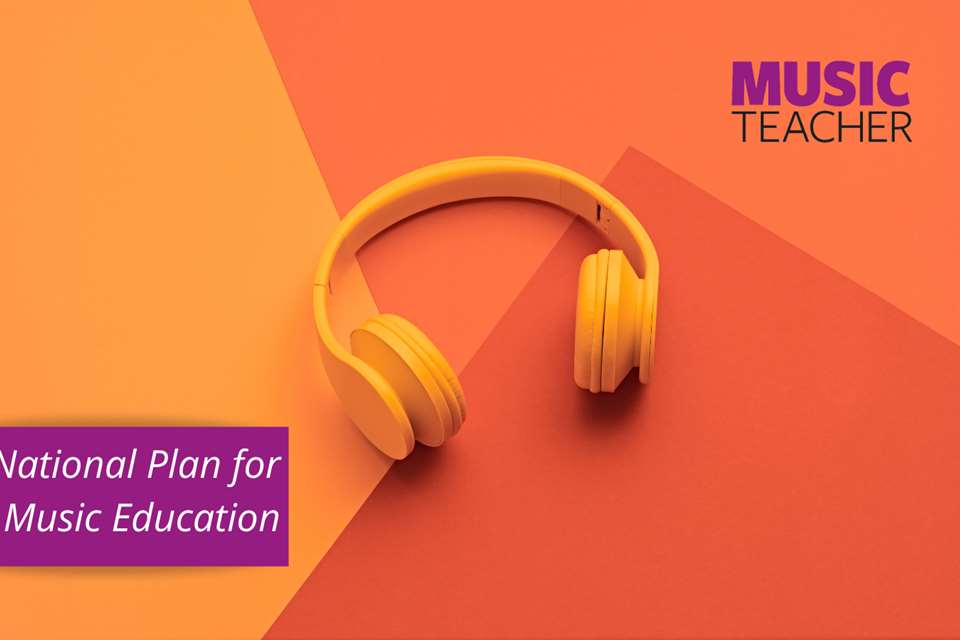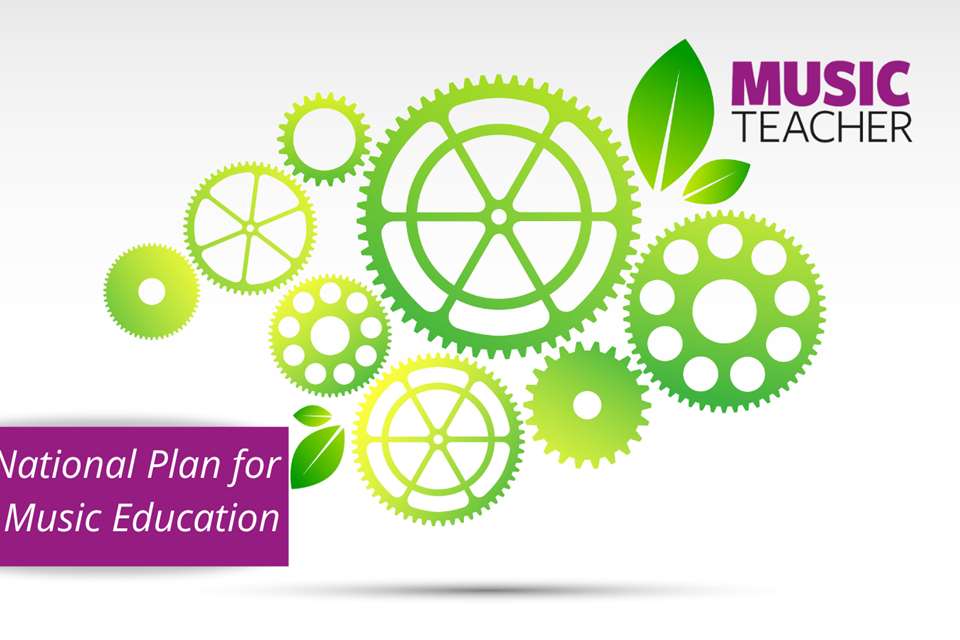NPME response: 'Where do I fit in all of this?'
David Guinane
Wednesday, July 6, 2022
While the structural aims and ambitions of the NPME are clear, one secondary music teacher shares his thoughts on his own place in the plan, as a classroom teacher wanting to improve his practice.
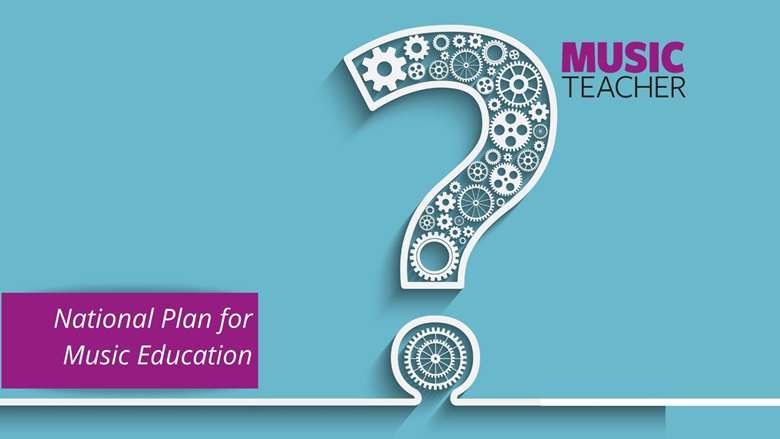
ShpilbergStudios/Canva
In my previous school, in my role as head of music, I was asked to summarise the Model Music Curriculum (MMC) for the senior leadership team. I had five minutes. I made a few jokes about the various delays to its publication, summarised the key points and expressed my main concerns about the content. My superiors (colleagues) listened politely and my headteacher asked, ‘So do we need to do anything different? We're okay, right?’. My response: ‘Well...yes...everything is fine’. We quickly moved on to the other 99 problems arising in the school that afternoon. If I repeated the process following the release of the new National Plan for Music Education (NPME), I expect the conversation would have panned out in a very similar fashion.
Where do I fit?
When writing and talking about music curricula, I often discuss the need for students to ‘see themselves’ in the music and concepts we study, as one aspect of a powerful curriculum. After reading the NPME, I was left asking myself, where do I fit in all of this?
Where do I fit, as a classroom teacher, in a school that provides regular curriculum time for music, rehearsal spaces, practice rooms, termly concerts, and all the other things that the document says we should do? In the words of my headteacher, ‘I'm ok, right?’. Most of the people reading this are probably ‘ok, right?’.
Strengthening the workforce
The second NPME tells us that, since the publication of the first NPME, not enough progress has been made in regards to reducing inequalities in music provision across the country. The second NPME emphasises the need to keep trying, but with more computers, and more money. Is ‘more of the same’ going to work this time, if it didn’t work before?
Equity of provision is a good thing, and I am lucky to teach in a context where we are ‘doing alright’. It is hard for me to relate to the goals of the plan, as I feel I've met the NPME's aims in a number of ways. However, I don't want to rest on my laurels; I want to do better. I believe the way to do this is through developing my understanding of pedagogy, really nailing musical understanding, progression and assessment.
Rightly, the NPME tells us that good music education is more than a set of activities or musical experiences, but details of how to move away from this position are, once again, sorely lacking. We are directed towards the MMC, and I have expressed my reservations about the lack of pedagogical thinking in this document. CPD for teachers to ‘up-skill’ (asking primary teachers to join a choir), is a quick, surface-level fix. High-quality music education is delivered by teachers who have secure pedagogical knowledge and understanding. This, often learned in the PGCE lecture theatre rather than in the classroom is, in my opinion, more powerful than the approach suggested in the NPME.
Inclusion or access?
I'm also troubled by the concept of ‘inclusion’. I believe there is a dissonance between the concept of inclusion and the way music (education) is structured. Inclusion is so much more than ‘access’. I have always felt my music department was ‘accessible’ to every student, but I've never felt like every student was ‘included’ in my department. In my school, despite hundreds of students feeling that music education is ‘for them’, there are hundred more who do not. A colleague refers to it as ‘managed failure’; every decision you make prioritises some over others, and you are forever making decisions that ‘include’ some, and ‘exclude’ others.
A big choir is not necessarily inclusive. It may be accessible (non-auditioned, diverse repertoire), but there are factors beyond the choir itself that stop people attending. Buying instruments does not ‘include’ everyone in music-making. As Anita Datta eloquently argued in this magazine (June 2021), if students can't practise, or don't have the social structures in place to help them progress, they aren't as included as other groups. Musical ensembles naturally include some and exclude others, as skill and ability are drivers of this structure. Inclusion is more than access, more than SEND, and in many ways, bigger than music. The term, and what it means in a variety of contexts, needs unpacking, and the ‘inclusion leads’ have a lot to do to truly deliver the government’s laudable aims.
A different angle
The multi-level plans are designed to ensure that everyone has access to music education. My worry is that when young people do access the music, will it be any good? I'd approach the whole issue from another angle; if we all get better, and deliver the highest quality music education, everything else (inclusion, collaboration, and so on), will follow. This is (probably) precisely why I had nothing to do with the construction of the NPME. As I hinted at the beginning, I'm not sure where I see myself in this document.
When all is said and done, I still pine for ‘wider still, and wider’, my all-time favourite government paper on music education. It inspired me, and informed my practice. It was full of pedagogy, and giving a copy of key sections to observers always fostered fruitful conversation around ‘what good music teaching looks like’. I do teach music, quite well (most of the time), and I want to be a better practitioner. Maybe I’m just looking in the wrong place.


